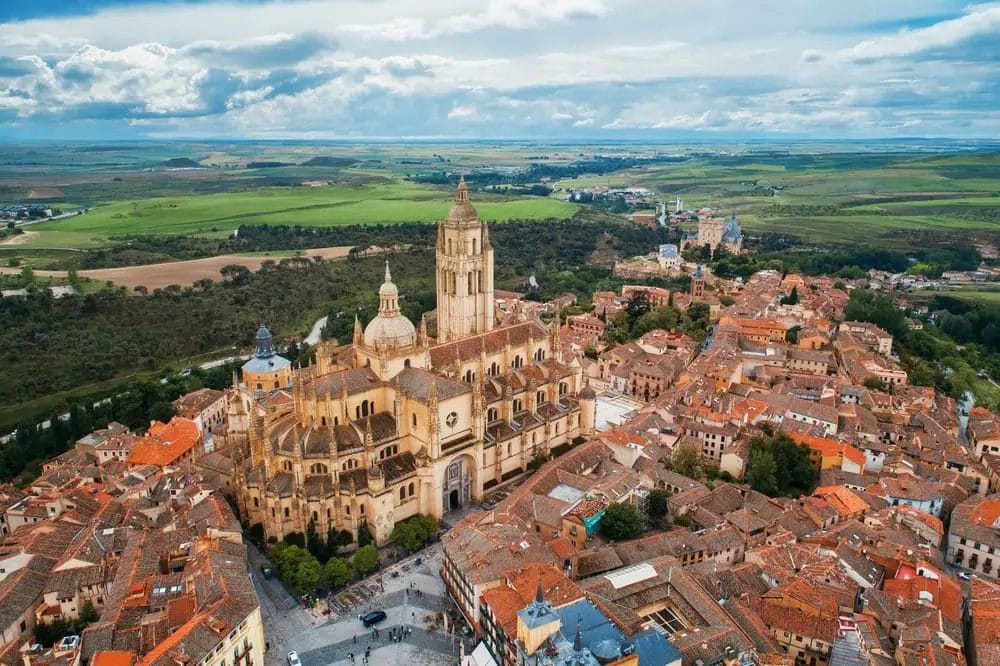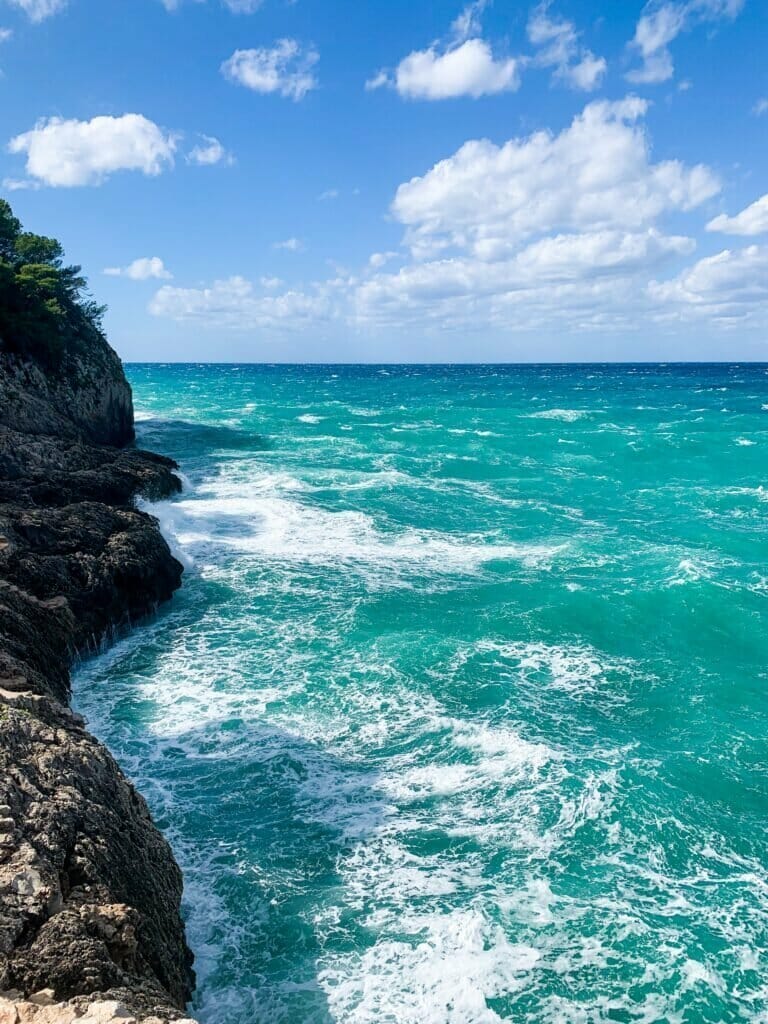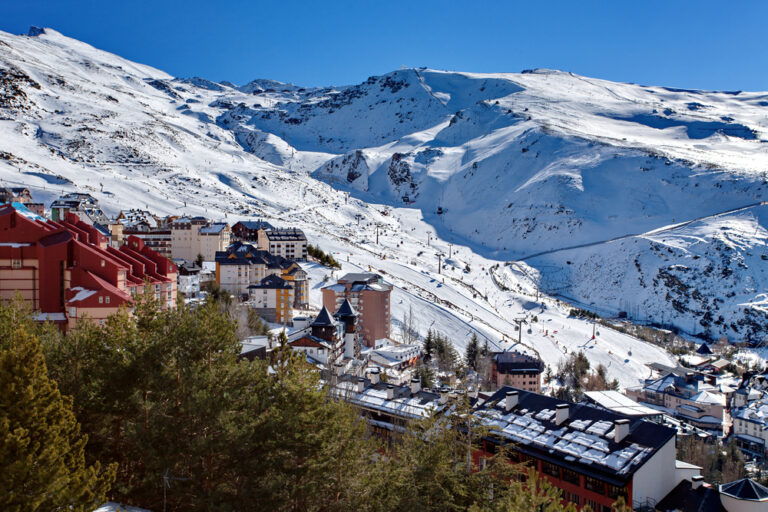Stay Warm and Fluent: Learn How to Say Winter in Spanish
Learning How to Say Winter in Spanish is not just an option; it’s a gateway to enriching your communication skills. As the cold season approaches, it’s essential to immerse yourself in this linguistic adventure to make the most out of it.
Connect and Converse
The power of winter vocabulary transcends borders. Imagine speaking confidently with locals during your winter escapades in Spanish-speaking countries. Whether you’re discussing the chilly weather, engaging in wintertime activities, or diving into seasonal traditions, you’ll forge instant connections and gain insights into their unique experiences.

Explore Diverse Traditions
But there’s more! Venture into the heart of Spanish-speaking cultures by diving into their distinct winter traditions and celebrations. Each country and region has its own captivating stories, customs, and festivities. By mastering the corresponding vocabulary, you’ll be equipped to uncover a world of diversity, fostering respect and admiration for the richness of their heritage.
Don’t miss out on the opportunity to unlock the true essence of winter in Spanish—it’s your key to a season filled with warmth and connection.
Basic Vocabulary: How to Say Winter in Spanish
To effectively communicate during the winter season, it is important to learn some basic winter vocabulary in Spanish. Here are some essential words to get you started:
1. Winter – invierno
2. Snow – nieve
3. Cold – frío
4. Ice – hielo
5. Frost – escarcha
6. Fireplace – chimenea
7. Scarf – bufanda
8. Gloves – guantes
9. Hat – gorro
10. Boots – botas
Pronunciation tips for beginners:
– The letter “i” in Spanish is pronounced like the “ee” in “see.”
– The letter “e” in Spanish is pronounced like the “eh” in “bed.”
– The letter “o” in Spanish is pronounced like the “oh” in “go.”
– The letter “u” in Spanish is pronounced like the “oo” in “moon.”
Weather Expressions: How to Talk About the Cold in Spanish
When discussing the weather during the winter season, it is helpful to know some common phrases in Spanish. Here are a few examples:
1. Hace frío – It’s cold.
2. Está nevando – It’s snowing.
3. Hay hielo en el suelo – There is ice on the ground.
4. Está helado – It’s freezing.
5. El viento está fuerte – The wind is strong.
6. Está nublado – It’s cloudy.
7. El sol está brillando – The sun is shining.
8. Llueve – It’s raining.
9. Hay una tormenta de nieve – There is a snowstorm.
10. El clima está cambiando – The weather is changing.
To express temperature and weather conditions in Spanish, you can use the following phrases:
1. Hace + [temperature] grados – It is [temperature] degrees.
– For example: Hace veinte grados – It is twenty degrees.
2. Está + [adjective] – It is [adjective].
– For example: Está soleado – It is sunny.
3. Hay + [weather condition] – There is [weather condition].
– For example: Hay niebla – There is fog.
Winter Activities: Spanish Vocabulary for Winter Sports and Hobbies
Spanish-speaking countries offer a variety of winter sports and hobbies that are popular among locals and tourists alike. Here are some vocabulary words related to winter activities:
1. Skiing – esquí
2. Snowboarding – snowboard
3. Ice skating – patinaje sobre hielo
4. Sledding – trineo
5. Snowshoeing – raquetas de nieve
6. Ice hockey – hockey sobre hielo
7. Snowmobiling – motos de nieve
8. Winter hiking – senderismo invernal
9. Ice fishing – pesca en hielo
10. Building a snowman – hacer un muñeco de nieve
By learning these words, you can engage in conversations about winter activities and even participate in them yourself when visiting Spanish-speaking countries.
Clothing and Accessories: How to Describe Winter Clothes in Spanish
When it comes to describing winter clothing and accessories in Spanish, it is important to know the vocabulary for different items as well as how to describe their materials, colors, and styles. Here are some words to get you started:
1. Coat – abrigo
2. Sweater – suéter
3. Scarf – bufanda
4. Gloves – guantes
5. Hat – gorro
6. Boots – botas
7. Jacket – chaqueta
8. Mittens – manoplas
9. Thermal underwear – ropa interior térmica
10. Wool – lana
To describe materials, colors, and styles in Spanish, you can use the following phrases:
1. Material:
– Cotton – algodón
– Wool – lana
– Synthetic – sintético
– Leather – cuero
2. Colors:
– Red – rojo
– Blue – azul
– Green – verde
– Black – negro
– White – blanco
3. Styles:
– Long-sleeved – de manga larga
– Hooded – con capucha
– Waterproof – impermeable
– Fleece-lined – forrado de polar
By familiarizing yourself with these words and phrases, you can effectively communicate your clothing needs and preferences during the winter season.
Food and Drink: Spanish Words for Winter Comfort Food and Beverages
Winter is a time for indulging in warm and comforting food and beverages, and Spanish-speaking countries have their own traditional dishes and drinks for the season. Here are some vocabulary words related to winter comfort food and beverages:
1. Hot chocolate – chocolate caliente
2. Soup – sopa
3. Stew – estofado
4. Roast – asado
5. Empanadas – empanadas
6. Tamales – tamales
7. Churros – churros
8. Ponche – ponche
9. Cider – sidra
10. Mulled wine – vino caliente
By learning these words, you can explore the culinary delights of Spanish-speaking countries during the winter season and engage in conversations about food and drink.
Holidays and Traditions: Spanish Celebrations During the Winter Season
Spanish-speaking countries have their own unique winter holidays and traditions that are worth exploring. Here are some vocabulary words related to winter celebrations:
1. Christmas – Navidad
2. New Year’s Eve – Nochevieja
3. Three Kings’ Day – Día de Reyes
4. Posadas – posadas
5. Nativity scene – belén
6. Christmas carols – villancicos
7. Fireworks – fuegos artificiales
8. Midnight Mass – Misa del Gallo
9. Epiphany – Epifanía
10. Lantern parade – desfile de faroles
By familiarizing yourself with these words, you can gain insight into the unique traditions and celebrations of Spanish-speaking countries during the winter season.
Travel Tips: How to Navigate Spanish-Speaking Countries During Winter
If you are planning to travel to a Spanish-speaking country during the winter season, it is important to be prepared for cold weather and snow. Here are some travel tips to help you navigate:
1. Check the weather forecast before your trip and pack accordingly.
2. Dress in layers to adjust to changing temperatures.
3. Bring appropriate winter clothing and accessories, such as a coat, hat, gloves, and boots.
4. Be aware of any travel advisories or road closures due to winter weather conditions.
5. Learn key phrases and vocabulary related to winter weather and activities to communicate effectively with locals.
6. Research local winter festivals and traditions to fully immerse yourself in the culture.
By following these tips, you can have a safe and enjoyable winter trip to a Spanish-speaking country.
Idioms and Expressions: Winter Phrases in Spanish and Their Meanings
Just like any language, Spanish has its own idioms and expressions related to winter. Here are some common winter phrases in Spanish and their meanings:
1. Estar en las nubes – To be daydreaming or not paying attention.
2. Echar leña al fuego – To add fuel to the fire, to make a situation worse.
3. Estar como pez en el agua – To be in one’s element, to feel comfortable.
4. Hacerse el sueco – To play dumb, to act like you don’t know something.
5. Estar en el quinto pino – To be far away, to be in a remote location.
6. Estar en las últimas – To be on one’s last legs, to be very tired or close to exhaustion.
7. Ser un copo de nieve – To be unique or special, like a snowflake.
8. Estar en la luna – To be absent-minded or distracted.
9. Ser un muermo – To be boring or dull.
10. Estar como una cabra – To be crazy or eccentric.
By learning these idioms and expressions, you can add depth and nuance to your Spanish conversations during the winter season.
Conclusion: Mastering How to Say Winter in Spanish
Learning winter words in Spanish helps you talk better during the cold season. You can chat about the weather, winter fun, what to wear, holiday foods, and more. So, remember these words to chat like a pro.
There’s more to it! These words open doors to the way people in Spanish-speaking countries celebrate winter. Dive into their traditions and learn what makes each place special. It’s like taking a journey without leaving home.
Don’t stop here! Practice and learn more words to get even better. The more you know, the more you can enjoy winter in Spanish and understand different cultures. So, grab a warm drink and start your adventure with winter words in Spanish
Get your Notion Travel Planner Template!
Embark on your next adventure with the Wanderlust Planner, the ultimate Notion Travel Planner Template. Organize your wanderlust-fueled dreams and turn them into unforgettable journeys. Whether you’re a seasoned globetrotter or a newbie explorer, this template has you covered.






